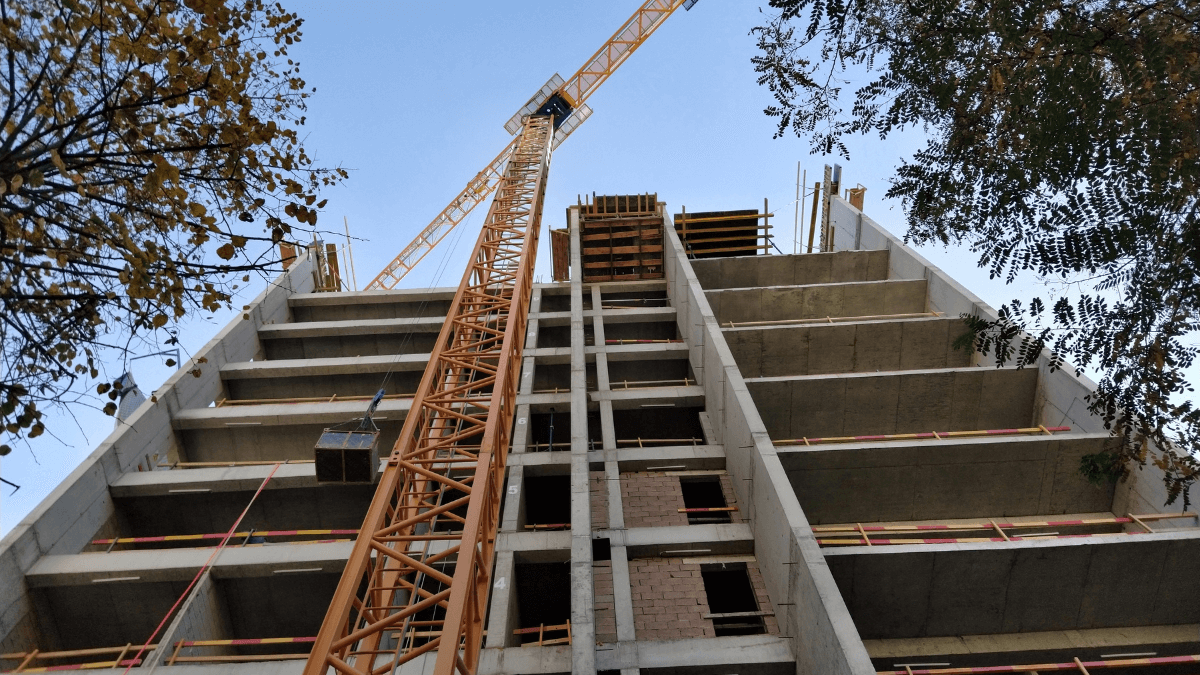A solid construction cost plan is like a detailed roadmap before a journey.
It provides a clear path (depending on how accurate your estimates are!), anticipates potential obstacles, and ensures a smoother and more cost-efficient arrival at your destination.
Or, in your case, completing a construction project on time and within budget, or at least with minimal budget deviations.
Today, we will explore the advantages of construction cost plans and why you should dedicate time and resources to develop them for your projects.
So, let’s begin.
In this article...
Supports Budget Accuracy
A cost plan breaks down all project costs, including the cost of materials, equipment, labor, overhead expenses, and more, giving all stakeholders a realistic understanding of the required financial resources for the project execution.
An accurate and realistic budget can be made based on this detailed cost breakdown.
And the more realistic the budget, the fewer deviations from the budget and budget overruns.
However, Bob Mittelsdorf, drawing from over 35 years of professional project management experience, highlights a pervasive issue: projects still too often start with inadequate estimates and budgets.
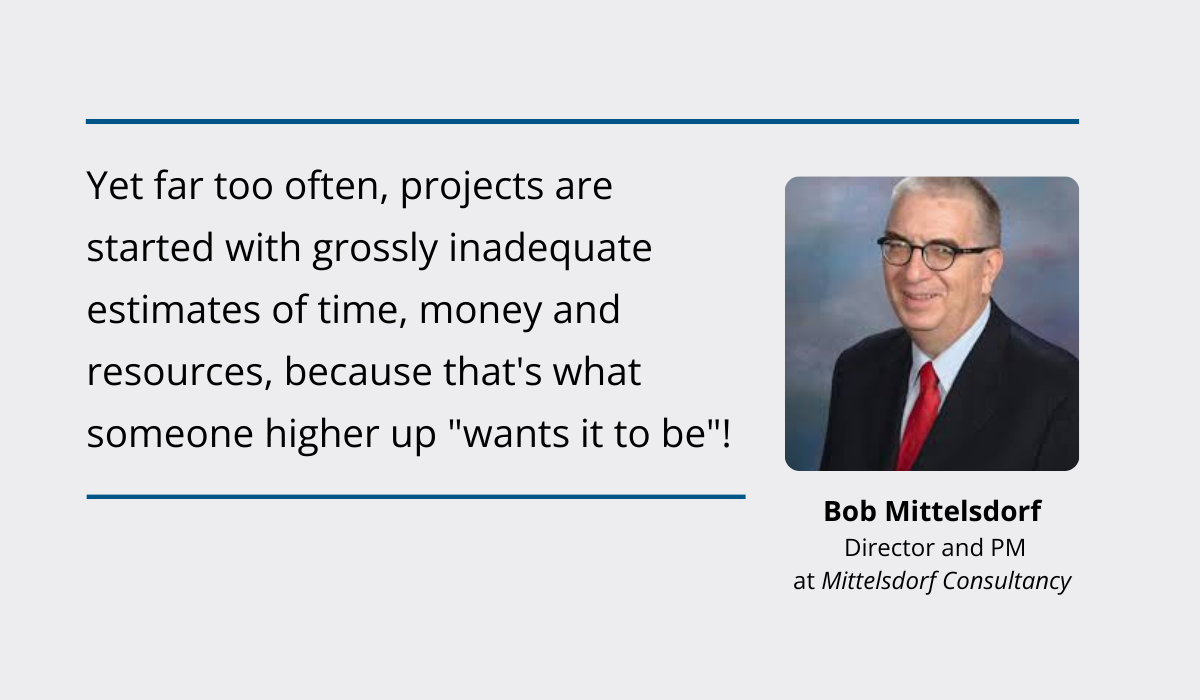
And the reason for such inaccurate project estimates and subsequent budget errors is largely due to a lack of cost planning, as this study from the Journal of Innovation, Management and Technology has shown.
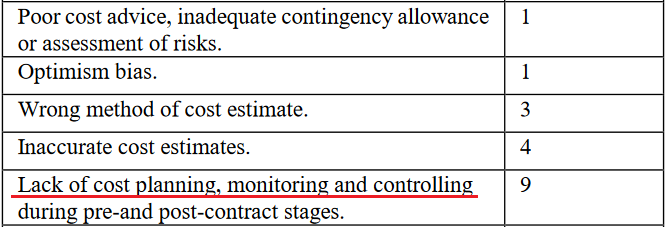
Unfortunately, cost overruns became sort of a norm rather than an exception, with nine out of ten construction projects experiencing them.
But, cost overruns are more than just an inconvenience—they pose a significant threat.
Just consider the case of Foster + Partners and their design for a five-star hotel at Heathrow Airport.
The architects’ failure to align with the client’s budget resulted in a professional negligence claim, and they had to pay £3.6 million for breach of contract.
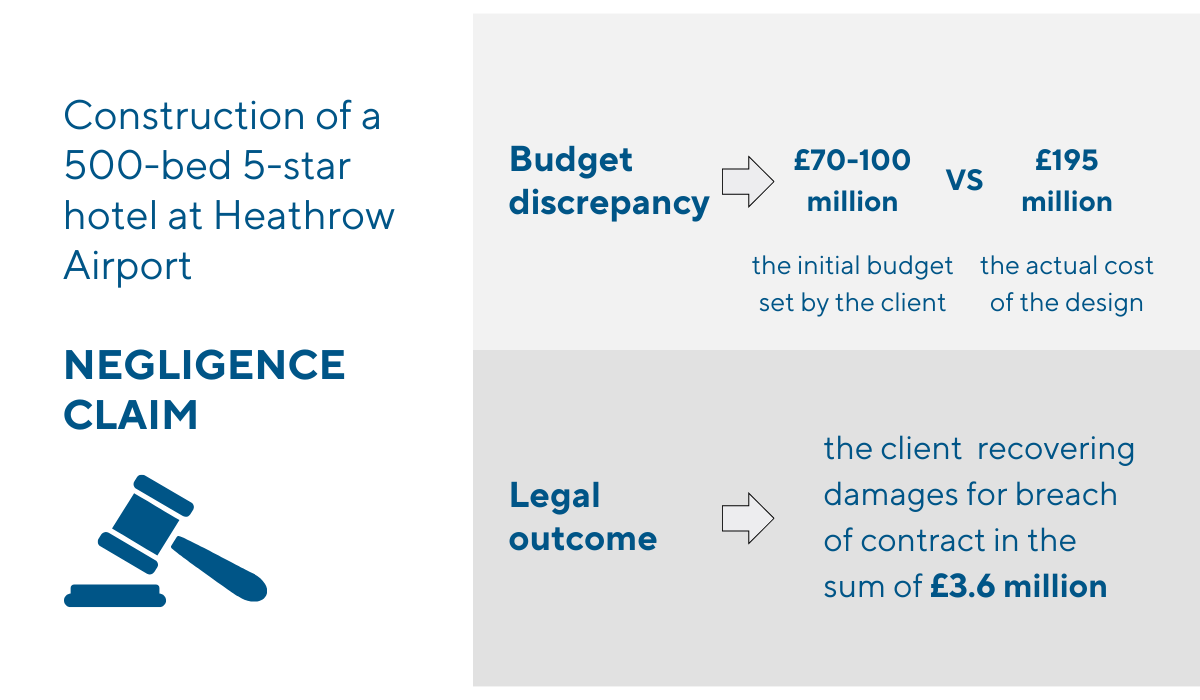
This example serves as a stark reminder that unchecked budget overruns can have severe legal and financial consequences.
Luckily, there is a way to prevent this—with better and more detailed cost planning in the initial phases of project planning.
When you invest time and effort into preparing a robust cost plan, you set a foundation for accurate budgeting and reducing the risk of financial discrepancies.
Moreover, a detailed cost plan lets you identify budgetary pressure points and take timely measures.
For instance, if certain elements push the project over budget, you can quickly recognize it.
You can then negotiate with suppliers for more favorable rates, explore alternative construction methods, or adjust other budget allocations to compensate for unforeseen expenses.
All in all, by addressing such issues promptly, you keep the project on track and within an accurate and realistic budget.
Encourages Effective Decision-Making
Apart from aiding in the creation of realistic budgets and preventing budget overruns, cost plans can also help you and other stakeholders make better decisions right from the project’s outset.
Let’s see how.
Since a thorough cost plan specifies the expenses associated with each project element, this granular cost information enables clients and stakeholders to evaluate the project’s feasibility and potential return on investment (ROI).
With this information at their disposal, they can make effective decisions and still adjust the scope, design, and specifications of the project.
For example, the cost plan might reveal that using marble for flooring significantly increases the overall cost of the building.
Decision-makers can then assess the importance of the specific aesthetic qualities offered by marble.
They might choose to allocate additional resources to maintain the high-end look or opt for a more cost-efficient material, such as high-quality ceramic tiles, to align the project with the available budget while still meeting essential aesthetic objectives.
In addition to making changes to materials, features, and specifications, stakeholders can adjust the project scope.
When it comes to changing the project’s scope, a detailed cost plan that is adjusted as the project progresses is beneficial for making informed decisions.
Why?
With ongoing reference to the cost plan throughout the project lifecycle, adjustments to the scope are made as needed, ensuring that the project remains financially viable and on track.
Overall, this ability to make decisions based on detailed cost breakdowns ensures that construction projects remain adaptable and aligned with financial considerations, project specifications, and the (possibly adjusted) project scope.
Helps with Risk Management
In an industry where 78% of engineering and construction companies are grappling with an upswing in project risks, as highlighted by KPMG, risk management is essential.
Market fluctuations sway material costs, unforeseen weather events disrupt schedules, and regulatory shifts add complexity to project approvals and execution.
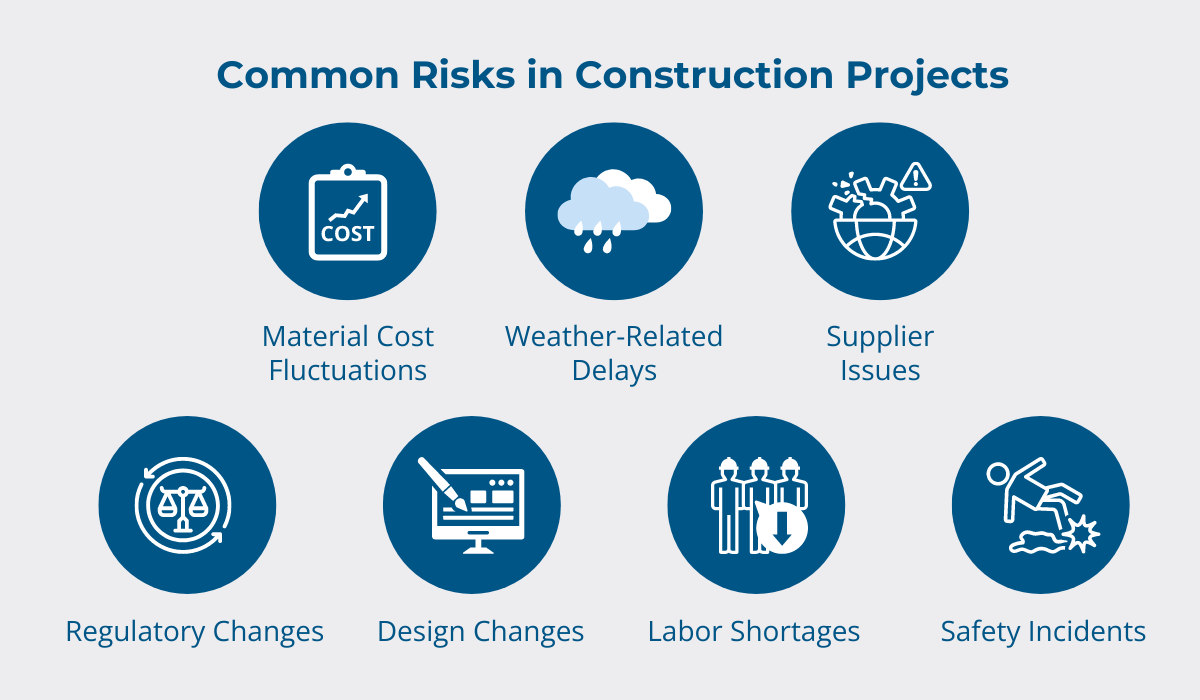
Luckily, a comprehensive cost plan can help you identify many potential risks and uncertainties associated with the project and manage those risks more effectively.
For instance, as the detailed cost plan breaks down expenses, it provides a clear allocation of funds to different cost elements, including suppliers.
Through this breakdown, you may notice a significant amount allocated to a single supplier.
If that supplier happens to be the sole source of critical material, any disruption in their supply chain poses a risk to the project.
Awareness of such risks is the first step.
Then, based on these insights, you can develop risk mitigation strategies to address unexpected expenses or shifts in project requirements.
In this case, you can diversify your supplier base or maintain a safety stock of critical material to buffer against short-term supply interruptions.
And even if you won’t be able to prevent all of the risks, you will, at least, be able to estimate the costs that come with some risks.
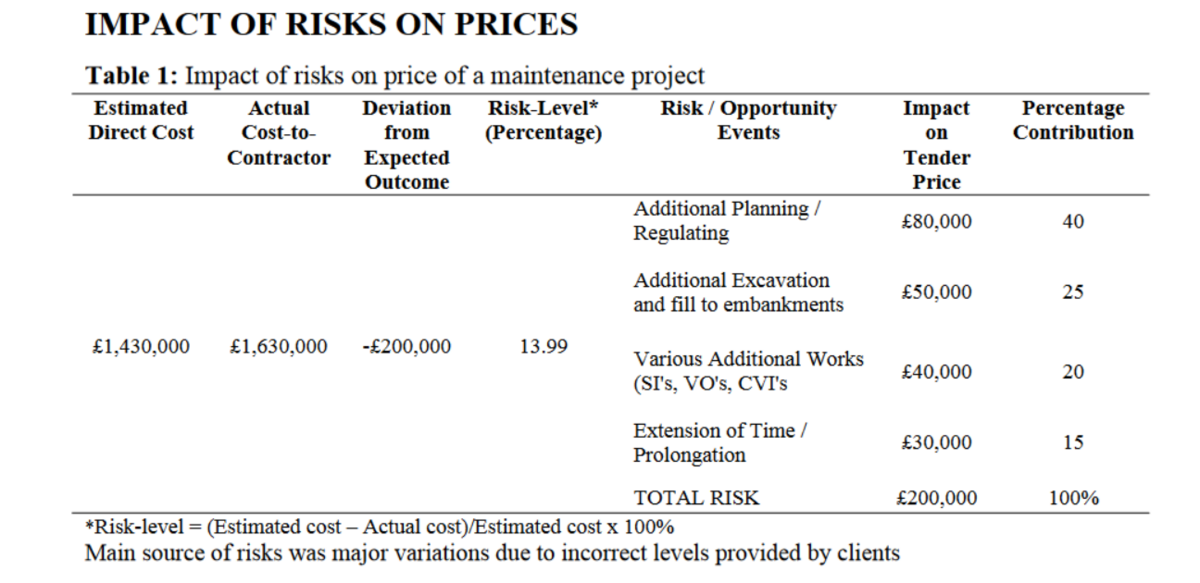
Based on these cost estimates, you can determine more precisely how much will go into a contingency fund.
On top of that, when you have a cost plan in place, you can control your project costs in time, and whenever there is any indication of cost overruns, you can take timely measures.
To conclude, a cost plan doesn’t predict disruptions.
However, it makes you aware of potential risks and prompts you to develop proactive risk mitigation strategies and set aside more realistic contingency funds, which is essential.
Enables Identification of Cost-Saving Opportunities
When you create a cost plan early in the construction planning phase, you can identify cost-saving opportunities or implement cost optimization strategies.
How, you wonder? Let’s break it down.
Once you have a detailed cost breakdown, with costs categorized into elements like materials, equipment rental, and labor hours, you can compare these costs with industry benchmarks.
For instance, if industry standards suggest that material costs for a project of similar scale and complexity are typically 20% lower, and your project exceeds this benchmark, it signals a potential area for cost optimization.
So—by comparing costs, you can identify discrepancies between your project and industry standards.
This allows you to pinpoint areas where your project might be over budget or where cost-saving measures can be implemented.
The measures could include:
- Seeking alternative suppliers for materials or services to negotiate better deals and reduce costs.
- Leveraging volume discounts by negotiating favorable deals for bulk purchases.
- Exploring cost-effective alternatives for materials without compromising quality or safety.
- Optimizing material usage.
- Integrating innovative construction technologies to improve efficiency and lower overall project costs.
What’s more, when you have such a systematic approach to all costs, tracking them is also much easier, and so is cost control.
An integral aspect of effective cost control is the ability to track and manage your tools, materials, and equipment.
This is where advanced tools like GoCodes Asset Tracking come to help.
GoCodes Asset Tracking, our equipment management software, enhances cost tracking by utilizing QR codes and an easy-to-use app to monitor the movement and usage of assets throughout the construction project.
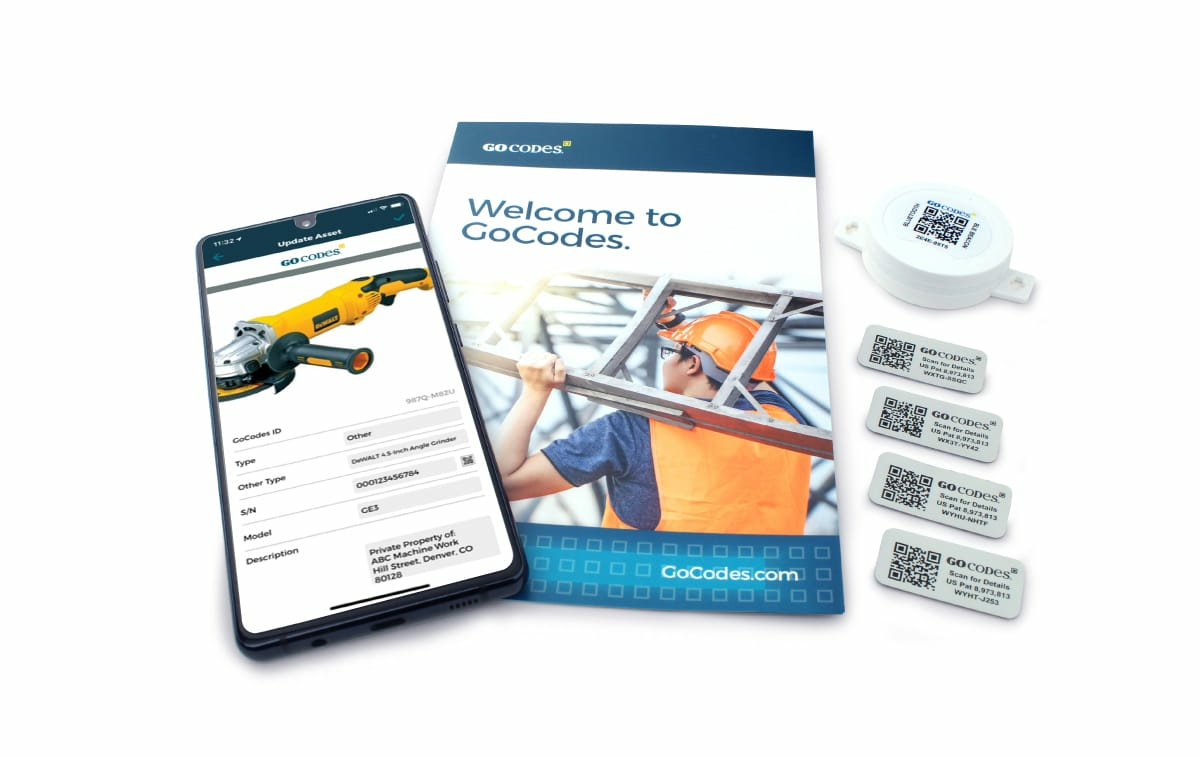
Each asset is assigned a unique QR code, enabling near-real-time tracking of its location and status.
This data is crucial for assessing asset utilization efficiency, preventing loss, and ensuring that resources are allocated optimally, all of which contribute to maintaining precise control over project costs and help save even more costs.
In summary, cost plans help you identify cost-saving opportunities and encourage you to use strategies accordingly.
By doing this, you increase the likelihood of achieving lower final project costs while maintaining or improving the project’s quality and objectives.
Facilitates Better Communication
According to the Project Management Institute, effective communication is identified as the most crucial success factor in project management, a principle that holds true across all industries.
In the construction sector, effective communication is vital, especially concerning finances.
Solid cost plans, fortunately, offer a significant advantage in enhancing communication among all stakeholders, including project owners, clients, investors, and contractors.
A well-prepared and transparent cost plan is essential in putting all of them on the same financial page, starting from the initial planning stages and extending throughout the project’s execution.
In essence, a cost plan facilitates better communication in two fundamental ways.
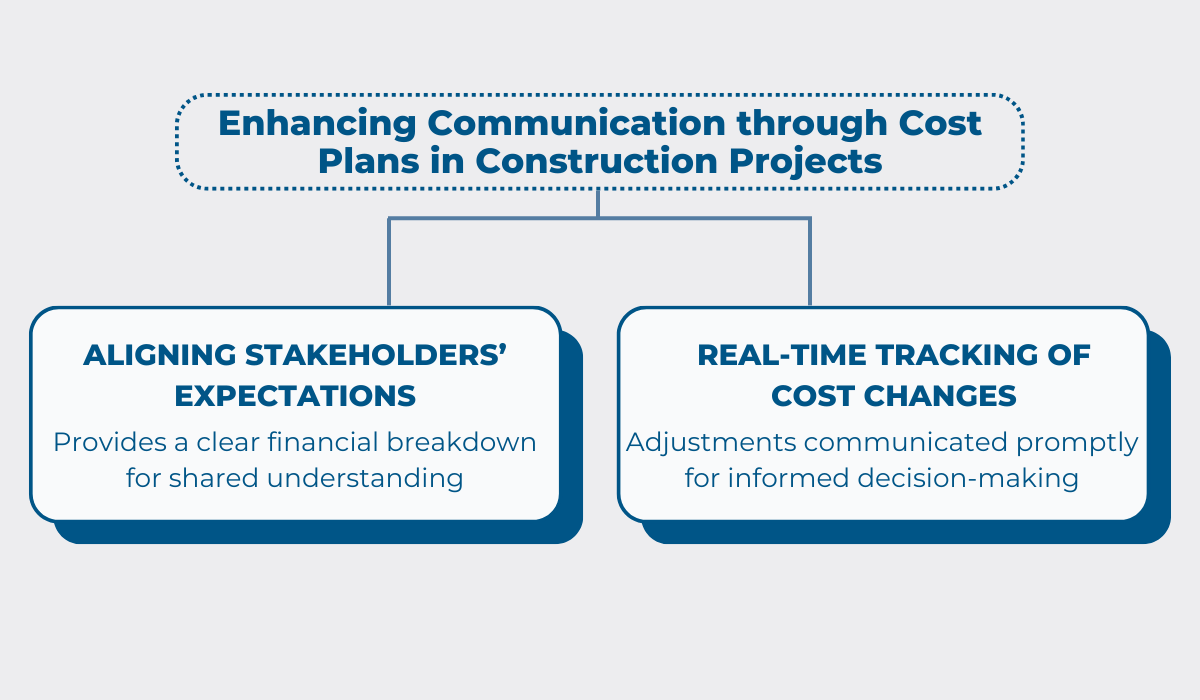
First, a detailed cost plan helps align expectations by providing a comprehensive breakdown of the project’s financial requirements.
This ensures that everyone involved, from project owners to contractors, has a clear understanding of the financial landscape.
Second, the dynamic nature of construction projects requires continuous adjustments.
When adjusted and updated as the project progresses, a detailed cost plan becomes a living document.
Communicating these updates to every stakeholder enables real-time tracking of cost changes, allowing everyone to stay informed.
This transparency fosters collaborative decision-making based on the most up-to-date financial information.
And this goes a long way, explains Ajith Kulappurath, Quality Manager at the construction engineering company Fulton Hogan.

As you can see, a well-structured cost plan aligns expectations and establishes a framework for ongoing, transparent communication, which is essential for successfully executing construction projects.
Conclusion
As we explored the advantages of cost plans in construction, we discovered that they extend beyond the initial creation of accurate and realistic budgets.
A well-prepared, detailed, and continually updated cost plan is a many-sided tool that enables informed decision-making, identifies cost-saving opportunities, and enhances risk management.
On top of that, a solid cost plan is a communication bridge, fostering transparency and a shared understanding of financial requirements among all stakeholders.
Collectively, these benefits steer construction projects towards success, minimizing budget overruns and ensuring the delivery of high-quality outcomes.
So, as you set forth on your construction journey, let your cost plan be that roadmap we mentioned at the start!




